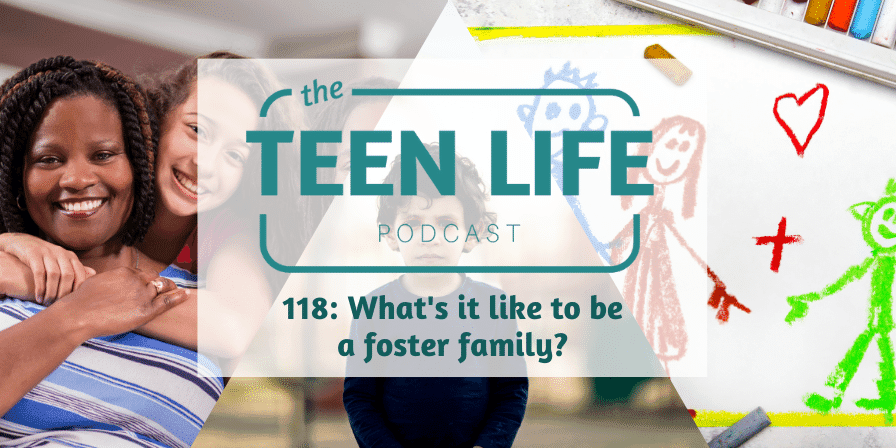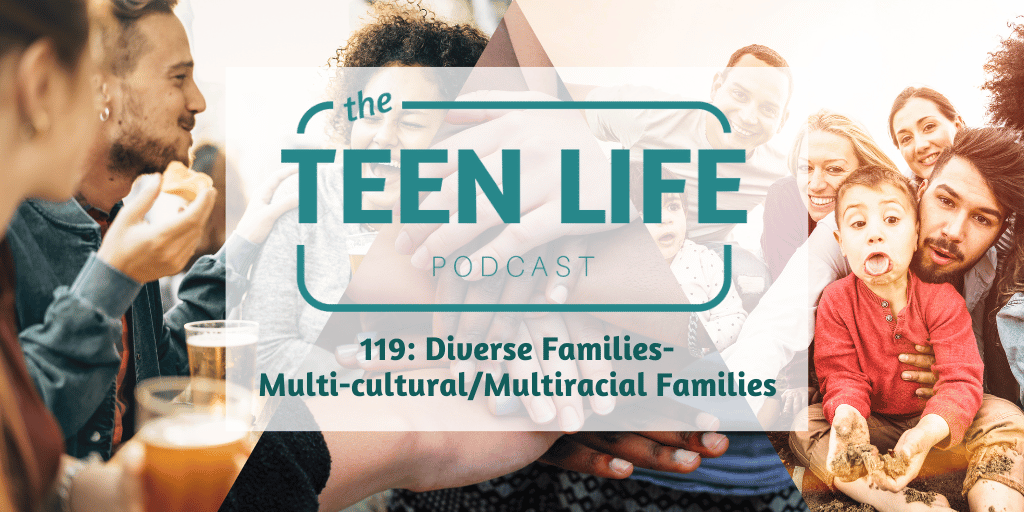Podcast: Play in new window | Download
How to nurture healthy sibling dynamics
In episode 127, we delve into a topic that’s close to home for many of us: sibling dynamics. Whether you have siblings of your own or not, understanding the intricacies of these relationships can provide valuable insights into human connections and personal growth. Join us as we explore personal experiences, the evolution of sibling dynamics, and strategies for fostering strong sibling relationships.
How Sibling Dynamics Change Over Time
Siblings are like companions on life’s roller coaster, and as time passes, the dynamics of these relationships often shift. We’ll discuss how sibling relationships evolve from childhood through adolescence and into adulthood. The way we interact, communicate, and support one another can undergo significant transformations.
Childhood Bonds
In the early stages of life, siblings are often our first playmates and confidants. Childhood is marked by shared secrets, imaginative adventures, and the occasional squabble over toys or the front seat of the car. These years lay the foundation for the sibling relationship, forming a bond that is deeply rooted in the experiences and shared moments of innocence.
Adolescent Challenges
As we navigate the tumultuous waters of adolescence, sibling dynamics can become more complex. The transition from childhood to adolescence brings about changes in our interests, social circles, and personal identities. Siblings may feel left out. Or they may begin to assert their individuality, leading to clashes over space, privacy, and differing world views.
Sibling relationships often provide a safe opportunity for growth as teens learn to navigate conflicts and develop empathy.
Entering Adulthood
Entering adulthood, sibling relationships can change drastically.
In the best cases, the rivalries and petty arguments of the past tend to fade into the background as we mature emotionally and gain a deeper understanding of one another.
Adult siblings often become each other’s confidants, providing support in times of hardship and celebrating each other’s successes. Shared responsibilities in caring for aging parents and growing children can be a source of stress for some, and a great source of comfort and security for others.
While not true for everyone, a shared family history often creates a stronger bond as we create our own paths in life.
Support Systems
Sibling relationships can be a vital source of emotional support throughout life’s trials and tribulations. As adults, we learn to appreciate the unique perspectives and experiences our siblings bring to the table. Whether it’s offering a shoulder to cry on during a tough breakup, sharing parenting advice, or being a listening ear during career challenges, our siblings often play a pivotal role in our support systems.
Shared Responsibilities
Another significant shift occurs when adult siblings start to share responsibilities within the family, such as caring for aging parents or managing family finances. These shared responsibilities can strengthen the sibling bond and deepen the connection as we navigate the challenges and joys of adulthood together.
In essence, sibling dynamics are a journey through life’s phases, with each stage offering unique experiences and opportunities for growth. While the dynamics may shift, the bond between siblings remains a constant source of connection, understanding, and love. It’s a testament to the enduring power of family ties and the ever-evolving nature of human relationships.
Ideas for Fostering Good Sibling Relationships
- Eating Meals Together
Sharing meals together can be a wonderful way to connect. There are Whether it’s breakfast on a lazy Sunday or a special holiday dinner, make an effort to sit down as a family and enjoy each other’s company. This creates a relaxed atmosphere for conversation and bonding.
– - Creating Lasting Memories
Trips and adventures offer incredible opportunities to create lasting memories. Plan a family vacation, a weekend getaway, or even a simple day trip to explore new places and experiences together. These shared adventures can become cherished stories for years to come.
– - Engage in Games and Activities
Engaging in fun activities and games can break the monotony of daily life and provide opportunities for laughter and camaraderie. Whether it’s board games, outdoor sports, or video games, find activities that everyone enjoys and make them a regular part of your family time.
– - Showing Up for Each Other
One of the most important aspects of a strong sibling relationship is being there for each other during life’s ups and downs. Celebrate each other’s achievements and milestones, and offer support and empathy during challenging times. Knowing you can rely on your siblings can provide a deep sense of security and connection.
– - Establishing Traditions
Traditions create a sense of continuity and shared identity within a family. Establish your own family traditions, whether it’s a weekly movie night, an annual camping trip, or a holiday ritual. These traditions help reinforce the bond between siblings and create a sense of belonging.
– - Open and Honest Communication
Encourage open and honest communication within the family. Create a safe space where siblings can express their thoughts, feelings, and concerns without judgment. Effective communication fosters understanding and strengthens relationships.
– - Respect Each Other’s Differences
Every sibling is unique, with their own interests, talents, and quirks. Embrace these differences and celebrate each sibling’s individuality. Respect for each other’s choices and boundaries is essential for a healthy relationship.
– - Collaborate on Projects
Collaborative projects can be a great way to work together and learn from each other. Whether it’s a home improvement project, a creative endeavor, or even volunteering for a charitable cause, working as a team can deepen your connection.
– - Family Meetings
Schedule regular family meetings where everyone can discuss their thoughts, concerns, and goals. This helps ensure that everyone’s voices are heard, and it encourages a sense of collective decision-making and problem-solving.
– - Resolve Conflicts Constructively
Conflicts are natural in any relationship, but it’s essential to address them constructively. Teach siblings conflict resolution skills, emphasizing the importance of compromise, active listening, and finding common ground.
Remember, building and maintaining positive sibling relationships is an ongoing process that requires effort and understanding from all parties involved. By incorporating these ideas into your family life, you can create a supportive and loving environment that fosters strong sibling bonds, ensuring that your kids’ relationships remain a source of joy and strength throughout their lives.
Teacher Tip: Every Sibling is Different
Also in this episode
In this episode, we mentioned or used the following resources about sibling dynamics, Taylor Swift, and more.
- Teen Life Podcast: Chris’ Podcast Update
- Parents.com: This is how sibling dynamics can change as they grow up
- Taylor Swift Eras Tour: Time | Newsweek | Billboard | The Wall Street Journal
- Variety: ‘Taylor Swift: Eras Tour’ Film
- TikTok: *NSYNC Rizz | Roman Empire
- Podcast music by Luke Cabrera & Tobin Hodges
Have a question?
About Us

Karlie Duke
Communications Director

Tobin Hodges
Program Director

Caleb Hatchett
Podcast Host
Caleb Hatchett | Podcast Co-Host
Caleb loves helping teenagers take ownership of their faith and relationships. He graduated from Abilene Christian University with a degree in Youth and Family Ministry and is currently Student Ministry Director at Jenks Church in Oklahoma.
Tobin Hodges | Program Director
Tobin’s entire career has been centered around students and teens from all walks of life. He has a passion for helping teens be their best selves. As Program Director, he loves working directly with school staff and students through Teen Life Support Groups. Tobin has a Bachelor’s Degree in Music from Texas Tech University.
Karlie Duke | Director of Communications
Karlie has always had a heart for teenagers. Through her role at Teen Life, she loves to showcase the amazing stories coming out of Support Groups, but she is especially passionate about helping adults and teenagers find connection. Karlie has a BS in Communications with a minor in Family Studies from Abilene Christian University.












